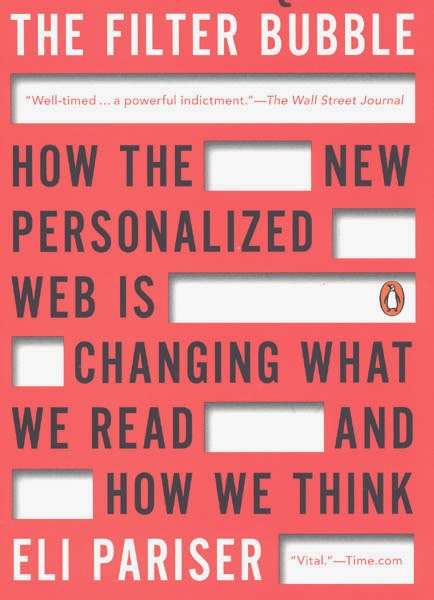Here
it is at last, that post you've all been waiting for, right? ;-) The
last (at least for now) batch of books on favorite TV shows. :-)
The
companion book to the TV show Frasier is one of the best.
Along with the expected episode guide (just through the third season,
though), there are character (and actor) biographies, lots of
pictures and a collection of quotes. Jefferson Graham is the author
of Frasier.
The
House That Hugh Laurie Built: an Unauthorized Biography and Episode
Guide, by Paul Challen includes a nice biography of Hugh Laurie
as well as short bios of the other actors on House. Paul
Challen explains how the show was developed and how Laurie got the
job (quite the fun tale!) The episode guide includes inside jokes and
errors (called 'booboos'). Most enjoyable.
Navy
NCIS, by Klaus Hinrichsen, is a self-published fan book. My copy
is season 1 - 8, but the author provides updates on a regular basis
and at some point I will get a newer copy. Basically this is
information you can find on line, but gathered all in one place and
easy to read when curled up on the sofa. There are bios of the
characters, a synopsis of each episode, and, my favorite bit, 'best
lines' from each show.
Unraveling
the Mysteries of the Big Bang Theory: an Unabashedly Unauthorized TV
Show Companion, by George Beahm was an unexpected surprise one
afternoon when I did a search for books about my favorite TV shows.
As usual for this sort of book, there are bios on the characters and
a guide to the episodes (through season four), but there are also
entries on such things as asperger's syndrome and selective mutism
which gives a greater depth of understanding to the characters. We
also learn a bit about all that sciency stuff! This is a fun read!
 Doctor
Who has been around since 1963. I, however, am new to Who and
that is why this entry is the last. Fortunately I got hooked during
the 50th anniversary celebration so there were lots of books to read
(which will show up on a post at some point). I found the history of
the show to be fascinating. While not exactly complete, (the
show, after all, is still airing), Doctor Who: the Complete Guide,
by Mark Campbell has been a great resource.
Doctor
Who has been around since 1963. I, however, am new to Who and
that is why this entry is the last. Fortunately I got hooked during
the 50th anniversary celebration so there were lots of books to read
(which will show up on a post at some point). I found the history of
the show to be fascinating. While not exactly complete, (the
show, after all, is still airing), Doctor Who: the Complete Guide,
by Mark Campbell has been a great resource.
Reading
Hermit With Dog







